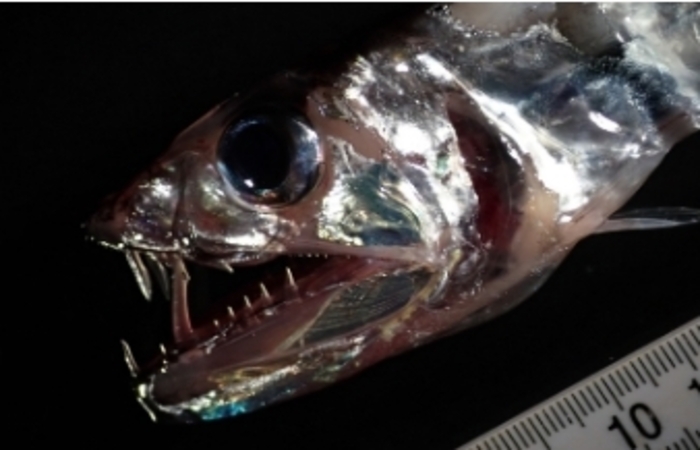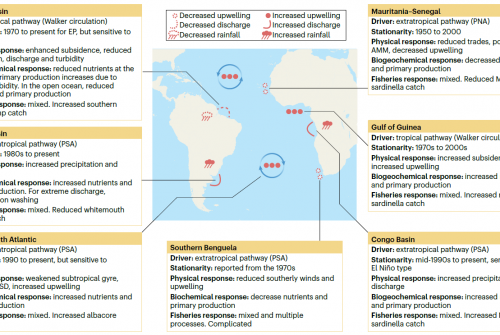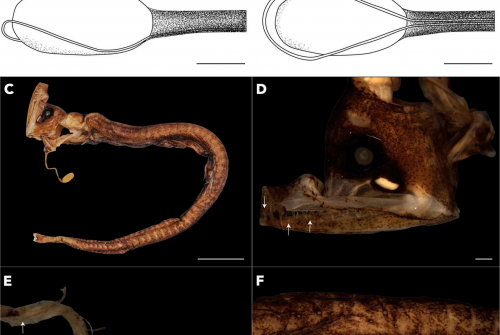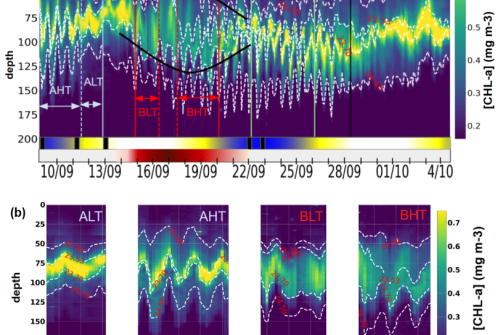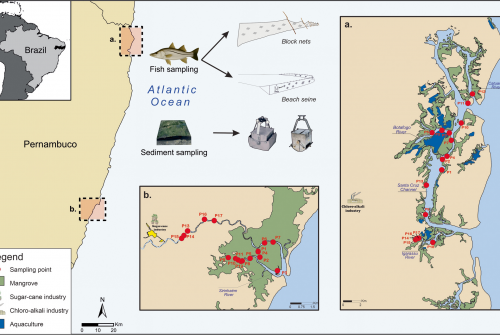Authors: Eduardo L.N., Mincarone M.M., Sutton T., Bertrand A.
Date: 19/08/2024
DOI: doi.org/10.5281/zenodo.13340859
Description: This dataset is part of the publication "Deep-pelagic fishes are anything but similar: a global synthesis" by Eduardo et al., 2024 in Ecology Letters. It comprises a comprehensive global list of deep-pelagic fishes, defined as species predominantly inhabiting pelagic zones at depths ranging from 200 to 5000 meters for the majority of their adult lives. The list was primarily compiled using FishBase and Eschmeyer's Catalog of Fishes, and further refined through several corrections derived from books, peer-reviewed scientific articles, and the expertise of the authors.
To focus on deep-pelagic fishes, we deliberately excluded epipelagic species that occasionally dive into deep-pelagic zones (e.g., Thunnus obesus and Sphyrna lewini) and benthic and demersal fishes that are predominantly associated with the deep seafloor for most of their lives (e.g., Macrourus holotrachys and Halosaurus ovenii).
However, there are inherent challenges in classifying certain species as deep-pelagic. For instance, we classified some sharks (e.g., Etmopterus spinax and Scymnodalatias albicauda) and bramids (e.g., Brama caribbea and Taractichthys longipinnis) as deep-pelagic based on records of specimens in deep-pelagic waters far from the seafloor. Nonetheless, they have also been recorded in epipelagic or near-bottom zones, making their ecological classification ambiguous. Consequently, we provide here a comprehensive synthesis of the world’s deep-pelagic fishes, but transparently acknowledge that the classification of some species remains subject to ongoing scientific debate and individual perspectives.
